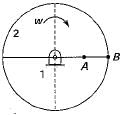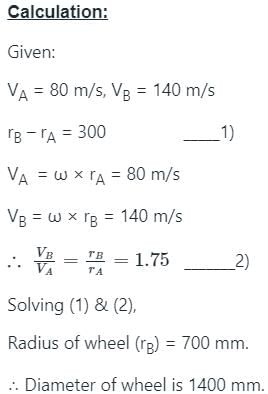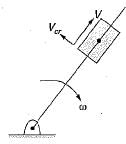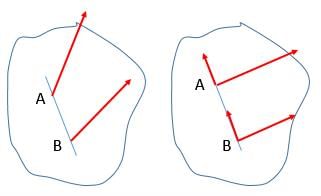Test: Velocity & Acceleration Analysis - 2 - Mechanical Engineering MCQ
10 Questions MCQ Test - Test: Velocity & Acceleration Analysis - 2
The Coriolis acceleration component is taken into account for
Consider a pin jointed 4-bar mechanism as shown in the figure below.

Which of the following are permanent instantaneous centers?

Which of the following are permanent instantaneous centers?
A crank of radius 15 cm is rotating at 50 rpm with an angular acceleration of 60 rad/sec2. The tangential acceleration of the crank is about
Two points A and B located along the radius of wheel as shown below, have velocities of 80m/s and 140 m/s respectively.

The distance between the points A and B is 300 mm. The radius of the wheel (in mm) is
The magnitude of the Coriolis component of acceleration of a slider moving at a velocity V on a link rotating at angular speed ω is
Coriolis component of acceleration is always
A constrained kinematic chain (mechanism) has n number of links. What is the number of instantaneous centres
There are two points P and Q on a planar rigid body. The relative velocity between the two points






















